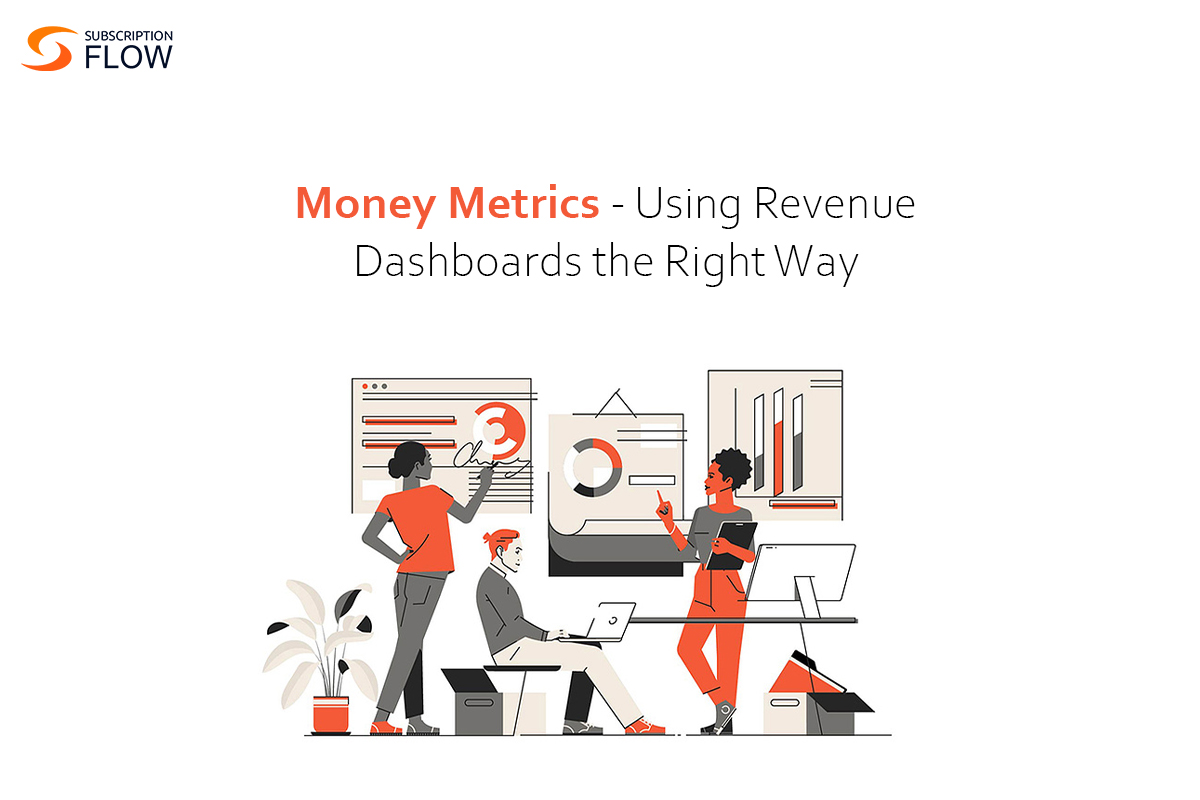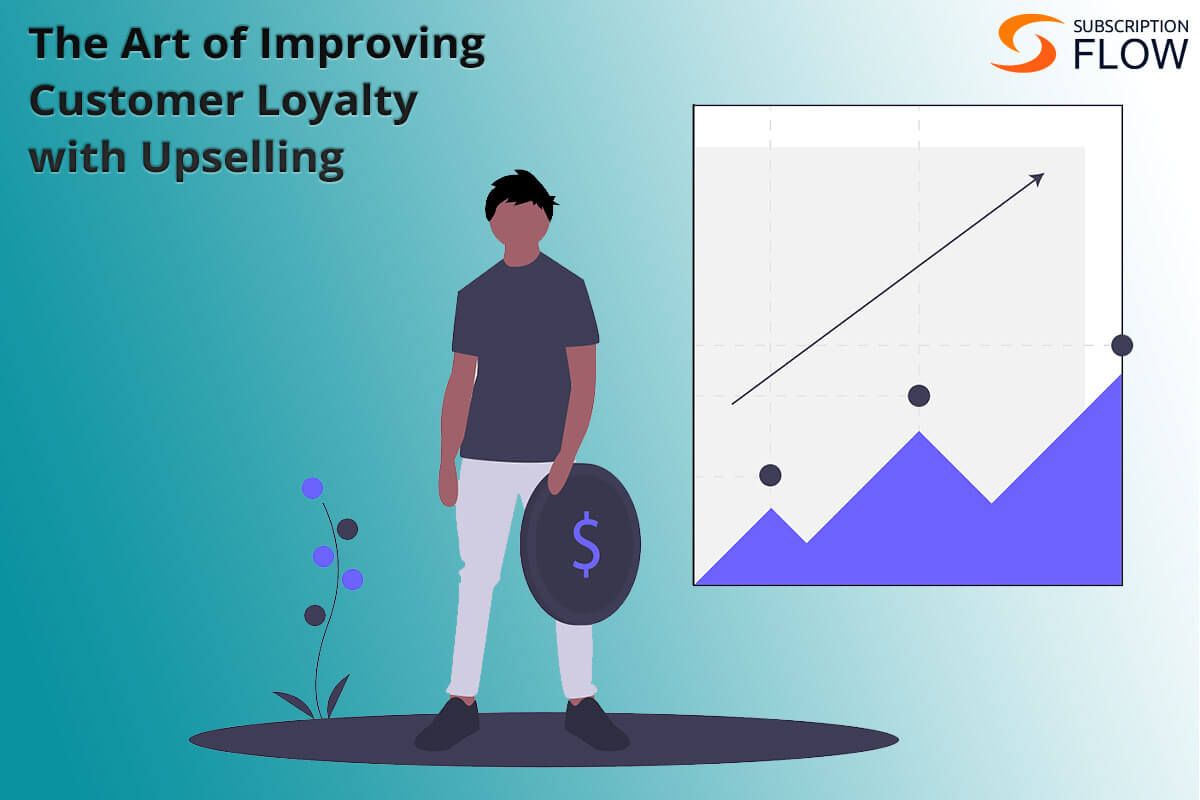
Money Metrics – Using Revenue Dashboards the Right Way
If you’re a business owner looking to find out if your marketing and sales efforts are resulting in monetary awards and you wish to quantify those figures but are unsure of how to do so, we have an answer for you: Revenue Dashboards.
What is a Revenue Dashboard?
A revenue dashboard is a visual representation of key financial metrics and performance indicators related to a business’s revenue. It provides an at-a-glance overview of the company’s financial health, helping stakeholders, managers, and executives quickly grasp the revenue trends, patterns, and insights.
These dashboards typically pull data from various sources, such as sales transactions, subscriptions, product sales, and other revenue-generating activities, and present them in easy-to-understand charts, graphs, and tables.
A revenue cycle KPI dashboard includes metrics like total revenue, revenue by product or service, revenue by customer segment, monthly or yearly revenue trends, revenue growth rates, and comparisons to previous periods or targets. Additionally, it may highlight top-performing products or customers and identify areas of concern where revenue targets are not being met.
To appropriately depict revenue, a good dashboard will integrate with various platforms. Payment processor APIs such as PayPal, Stripe, Braintree, Recurly, Chargebee, QuickBooks, and BlueSnap are examples.
Here are some examples of data you might see on your revenue dashboard:
- Lead conversion from sales reps
- Revenue from social media campaigns
- Social media engagement vs ROI correlations
- Subscriber churn and Lifetime Value (LTV)
- Average Revenue per User (ARPU)
- Monthly recurring revenue (MRR)
- MRR gained from upsells and account expansions
- Burn rate
- Customer retention over time
- Customer satisfaction (CSAT) score
- The flow of revenue over time
- Revenue by product or service
Read more: A Complete Guide to Revenue Reporting for SMEs
Recognizing Revenue – Managing Revenue Expectations
Accurate revenue recognition can have revolutionary implications for businesses. To understand this better, let us take a look at an example from Netflix in recent years.
Throughout the global lockdowns, Netflix had a wonderful run, with subscribers climbing and income set to rise more. The streaming service recorded a net gain of 8.28 million customers for the fourth quarter of 2021, totalling 221.8 million worldwide.
Netflix, on the other hand, reported first-quarter profits for 2022 in April, reporting a 200,000-subscriber drop. That was significant for a company that had previously only experienced steady growth since 2011. Several causes were at work, including cancellations due to subscribers returning to work, rampant password sharing, greater streaming competition, and price increases.
Password sharing costs Netflix and other US streaming businesses $25 billion or more in potential income each year. Netflix accounts for 25% of the total, which means the streaming behemoth is potentially missing out on $6 billion in revenue.
A revenue dashboard would have revealed where Netflix is losing money. It can draw connections between new shows and decreased subscription numbers. Estimate the ROI based on regional subscriber growth and anticipate earnings based on subscriber profiles. Netflix has always been an insightful company, and we’re confident that with this information at their disposal, they can turn things around.
The Benefits of Using a Revenue Dashboard
A revenue cycle dashboard can help you recognize multiple benefits for your business including the ones listed below:
1. Real-time Insights
Revenue dashboards connect to data sources in real-time, which means that the information displayed is constantly updated. This enables stakeholders to have an accurate, current view of revenue performance.
It’s particularly useful for sales teams, finance departments, and business owners who need to stay informed about revenue changes as they happen, allowing them to respond swiftly to opportunities or address any issues.
2. Data Visualization
Data visualization is a powerful aspect of revenue dashboards. By using various charts, graphs, and tables, complex financial data is transformed into visually appealing and easy-to-understand formats.
This visual representation helps users quickly grasp revenue trends, patterns, and relationships between different metrics, making it easier to identify key insights.
3. Efficient Decision-making
With all relevant revenue-related data consolidated in a single dashboard, decision-makers can access crucial information without having to sift through multiple reports or spreadsheets. This streamlines the decision-making process, enabling faster responses to changing market conditions or emerging business needs.
4. Identifying Opportunities and Issues
Revenue dashboards can highlight revenue growth areas as well as underperforming segments. For example, it can show which products or services are driving the most revenue and which ones are lagging behind.
Armed with this information, businesses can focus on promoting successful offerings and take corrective actions to improve the performance of underperforming ones.
5. Performance Tracking
Revenue dashboards often include the ability to set specific revenue targets and compare actual performance against these targets.
Tracking performance over time allows businesses to evaluate the effectiveness of revenue strategies, marketing campaigns, and sales efforts. If targets are not being met, the dashboard can help pinpoint the areas that need improvement.
6. Customer Insights
Integrating customer data with revenue metrics provides valuable insights into customer behaviour. Businesses can identify high-value customers, analyze purchase patterns, and understand customer retention and churn rates.
This information helps in tailoring marketing efforts, providing personalized offerings, and enhancing overall customer experience.
7. Enhanced Forecasting
By analyzing historical revenue data and trends, revenue dashboards support more accurate revenue forecasting. Reliable forecasts are crucial for budgeting, resource allocation, and long-term strategic planning.
8. Cross-Functional Collaboration
Revenue dashboards can be accessed and shared across departments, promoting collaboration between teams. Sales, marketing, finance, and other departments can align their efforts based on the same revenue data, fostering a cohesive approach towards revenue growth.
9. Data-Driven Culture
Adopting revenue dashboards encourages a data-driven culture within the organization. Rather than making decisions based on gut feelings or anecdotal evidence, employees are more likely to rely on data-backed insights, leading to better-informed and more effective decision-making.
10. Cost Efficiency
Implementing revenue dashboards reduces the time and effort required for data collection and reporting. Automation and real-time updates save resources and allow employees to focus on analyzing data and taking action, rather than spending excessive time on manual data gathering.
11. Customization
Revenue dashboards are flexible and can be tailored to the specific needs of a business. Users can customize the dashboard to display the key performance indicators (KPIs) that are most relevant to their organization’s goals, allowing for a more focused and meaningful view of revenue-related metrics.
Read More: SaaS Analytics—Gear Up to Unleash the Power of Customer Data
Examples of Popular Dashboards
1. SubscriptionFlow
The analytics and reporting feature in subscription management platforms provides businesses with valuable insights through the revenue cycle dashboard. It includes metrics such as customer growth, churn rate, subscription revenue, and renewal rates, giving a comprehensive view of the overall health of the business.
It also has built-in functionality for customer segmentation allowing businesses to group customers based on factors like subscription plans, location, or behavior. This segmentation helps identify trends, preferences, and opportunities for targeted marketing and personalized experiences.
The platform excels at revenue, enabling businesses to understand how revenue is distributed among different subscription plans or products. This insight aids in identifying the most profitable plans and potential areas for improvement.
SubscriptionFlow also offers financial reporting, offering insights into subscription billing, revenue recognition, and other financial aspects essential for accounting and forecasting.
With customizable dashboards and real-time reporting, businesses can focus on the most relevant metrics for their objectives and respond promptly to emerging trends.
Key Aspects
- Visualization and reporting
- Important KPIs like MRR (monthly recurring revenue)
- Customizable
- Activation of data
- Integrations Capability
Read more: What Are the Most Important KPIs to Base Your Customer Retention Analytics Strategy in 2023?
2. HubSpot
With HubSpot, you can create dashboards to track important insights or use a dashboard template. Sales managers can use fully configurable sales reports in conjunction with sales analytics to get real-time information on team performance, transaction status, and deep pipeline insights.
Share top performers’ best practices, and teach sales reps who need assistance with AI-powered call transcribing and analysis. HubSpot is not only for sales. It has a CRM and full marketing connectivity, making it useful to different departments.
Key Aspects
- Forecasting deals and funnel reporting
- Manage Facebook, LinkedIn, and Google advertisements and track which ones result in sales.
- Reports on sales activity
- Personalization and insights using AI intelligence
- Revenue attribution reporting allows you to track ROI.
HubSpot provides a free basic version that you may use indefinitely or upgrade to add more capabilities as your business grows.
Final Word
In conclusion, revenue dashboards are indispensable tools that empower businesses to make data-driven decisions, optimize revenue strategies, and stay competitive in today’s dynamic market landscape. They offer actionable insights, enhance collaboration, and drive financial growth by keeping revenue performance at the forefront of business operations.
SubscriptionFlow can help in providing your own dashboard for revenue recognition and help integrate with platforms like HubSpot. Book a demo with us to learn more!











